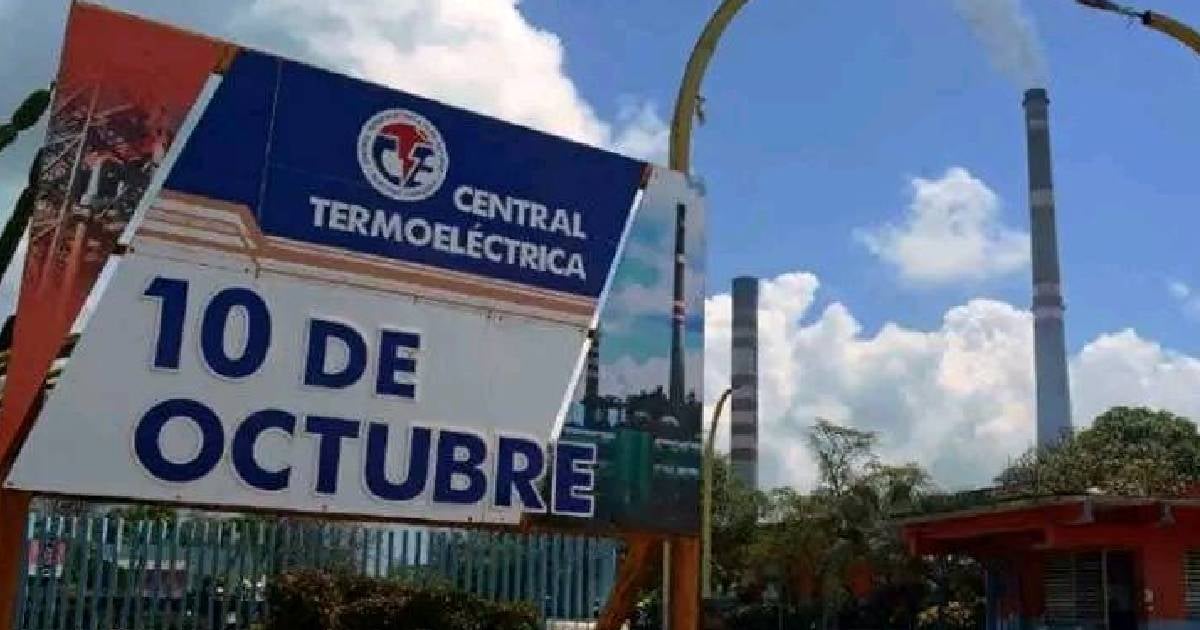On Sunday afternoon, Cuba experienced yet another major power outage as the National Electric System (SEN) was disrupted due to a "trip" at the 10 de Octubre Thermoelectric Plant in Nuevitas, Camagüey. The Cuban Electric Union reported that the incident caused disconnections from the provinces of Ciego de Ávila to Holguín, eventually impacting the entire country as power barges connecting the western part of the island also went offline.
In typical fashion, the government offered little detail, merely stating that efforts to restore the National Electric System continue "without rest." This incident further underscores the fragility of Cuba's electrical grid, which is overburdened and lacks critical infrastructure repairs.
Since midday last Friday, when the SEN completely failed, Cubans have endured a relentless and widespread blackout, severely disrupting daily life. Although the government has promised a resolution, the crisis within the deteriorating electric system has only intensified.
These so-called "trips" have exacerbated tensions within the SEN, which teeters between partial and total collapse, leaving thousands without power. On Saturday morning, as efforts were underway to recover the SEN following Friday's total blackout, the system failed again. The limited electricity reaching a few thousand users and powering the start-up of thermoelectric plants through distributed generation vanished, along with any hope of overcoming the crisis.
On that same day, the province of Matanzas was plunged into a complete blackout following a "trip" during the start-up of its microelectric system. Significant malfunctions have also been reported at Unit 3 of the Carlos Manuel de Céspedes Thermoelectric Plant in Cienfuegos and the generation block No. 3 at the Antonio Maceo Thermoelectric Plant—also known as Rente—in Santiago de Cuba. The latter incident led to the failure of a microsystem, affecting the provinces of Santiago de Cuba and Guantánamo, leaving them without electricity.
